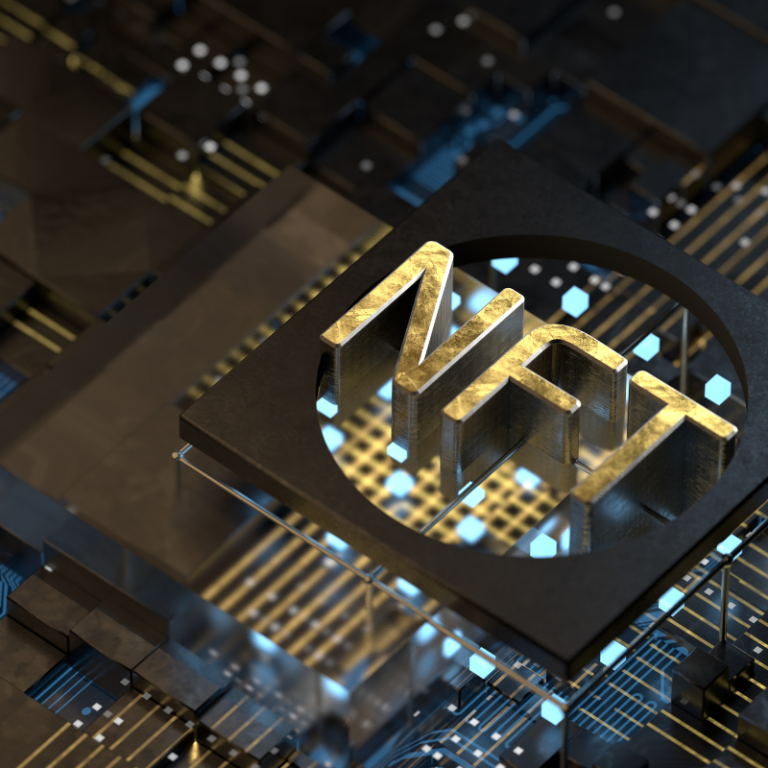Advanced capabilities are helping robotics play an important role in shaping the sector of healthcare. As compared to humans, robots are way ahead when it comes to automation and assistance. This ability gives them an upper hand in order to perform certain tasks efficiently.
“With a projected increase to $33.8 billion by 2029, the global medical robots market is thus very fast transforming healthcare-allowing new possibilities for surgeries, rehabilitation, and patient care at unprecedented levels of precision and efficiency.”
Robots have changed the interaction between doctors and patients. The role of robotics in healthcare is growing more with every emergence of technology advancement. In this blog, we’ll analyze the future of robotics and its role in shaping a new era of healthcare infrastructure.
Early Phase of Robotics in Healthcare
Surgical robotics actually finds its roots back in the 1980s. In 1985, the first robot, Puma 560, was used for brain surgery, which requires great precision. This robot helped doctors position instruments with high precision. Soon after, robots such as Neuro-Mate and Minerva followed suit in similar scenarios, proving useful in complex surgeries.
In the 1990s, robots were being used in performing keyhole surgeries. And keyhole surgery requires only tiny incisions; so recovery is faster and less painful for the patients. All of this was remotely controlled by doctors, who guided using cameras and monitors.
The first of many systems developed to perform these kinds of surgeries was called Aesop. This was developed in 1994 and allowed surgeons to operate with more delicacy and precision while performing operations within the abdomen and chest. Over time, robots could evolve. More advanced systems like Da Vinci became gold standards for robot-assisted surgeries, higher in complexity and capability of human intervention.
They also find their place in orthopedic surgeries, at places where tools like Robodoc help surgeons with bone preparation for hip and knee replacements. Many of these robots act even better than a human hand could provide, offering precision that enhances the success of such surgeries as a whole.
Applications of Robotics in Healthcare
Robotics is already changing many aspects of healthcare. Today, robots are used to help during surgery, patient care, and rehabilitation. A glimpse into some of the important applications is presented in the following:
Surgical Robots
The Da Vinci Surgical System is currently the most commonly used robot for minimally invasive surgeries. It gives surgeons the ability to perform complex operations with greater precision and accuracy. This often leads to quicker recovery times for patients and smaller, less invasive incisions. For procedures like heart surgery, stomach operations, or gynecological treatments, the surgeon operates the robot remotely from a console, ensuring precise movements throughout the surgery.
Telemedicine Robots
In the remote care, telepresence robots support doctors in the consultation of patients who are far away. They contain cameras, screens, and diagnostic tools which enable the doctor and the patient to have real-time communication with each other. Such a robot was particularly very important during the COVID-19 pandemic to reduce physical contact with patients in hospitals.
Rehabilitation Robots
Robotic exoskeletons and prostheses assist patients regain ambulatory mobility. Such robots are applied in the course of physical therapy in order to assist patients with a stroke, an injury of their spinal cord, or other ailments that affect the motor capabilites of a patient’s body. Such systems like Lokomat and ReWalk drive patients through exercises, improving results in rehabilitation.
Robotic Pharmacy Systems
Automated pharmacy robots prepare and dispense medications within the hospital setting. Examples include ScriptPro, which reduces human error and raises the efficiency of the hospital pharmacy.
Robotics for Diagnostics
In diagnostics, robots like Endoscopy Robots assist in procedures for internal imaging. These robots guide cameras through the body for more accurate diagnoses, especially in gastroenterology and pulmonology.

Major Benefits and Innovations
Robots are bringing a large-scale revolution in healthcare, thereby helping the patients heal up as soon as possible and managing the workload in hospitals with much ease. Here’s how these innovations are making a difference in patient benefits:
Benefits
- Precision and Accuracy: Robots, like the Da Vinci Surgical System, provide the highest degree of precision during surgery by physicians. In this way, it facilitates smaller incisions, less scarring, and quick recovery among patients.
- Quicker Recovery: This is because robots make smaller incisions; hence, the patients experience much less pain and can recover sooner. Recovery on time means less staying in the hospital and saving time for both the patient and the hospital.
- Constant Availability: Robots never tire. They can always monitor patients and administer medicines throughout any given day, without rest.
- Better Efficiency: TUG and other robots like it facilitate routine tasks such as delivering supplies. This relieves doctors and nurses to focus on more value-adding work.
Innovations
- AI-powered robots analyze the data of the patient; hence, more accurate diagnoses and treatment of the disease are made by the doctors.
- Nanobots are tiny robots have the ability to go inside one’s body and provide medicine exactly at the place where it is needed. Hence, the treatment of the disease can be availed without many side effects.
- Robots like Paro and Pepper will give emotional support to the elderly patients. These can lessen their feelings of loneliness by improving their mental states.
- Robotic exoskeletons support people who have difficulties in walking. These devices are also utilized during rehabilitation for the purpose of allowing stroke survivors and individuals who have experienced spinal injuries to regain movement.
Challenges
While robotics in healthcare carries a lot of advantages, several challenges and ethical issues arise.
Cost is the first major issue. Acquiring robotic systems, such as the Da Vinci Surgical System, and their maintenance are very costly. It will be very difficult for smaller hospitals to acquire and put into practice such technologies. The gap between well-funded and underfunded facilities would be heightened. Even with the advancement in the robotic systems, the possibility of a technical malfunction that would injure a patient during a sensitive surgery still exists.
Ethical Issues
Such robots might decrease the need for certain medical professions, raising concerns about job losses. Other than that, there is concern regarding patient privacy when the AI-powered robot collects and processes medical information. Then comes the question of liability: where does the blame lie in the event of a robot botching up a surgery-the manufacturing company, the program developer, or the surgeon?
It’s a give-and-take of these issues with the benefits that will keep on going as robotics keeps evolving in healthcare.
Future Outlook
The future of robotics in healthcare is bright and will undeniably outshine what is currently being experienced. In 2019, doctors in China used 5G and a robotic system to perform brain surgery on a patient located almost 1,900 miles away. This breakthrough suggests the potential of a future whereby such surgeries might be normal, swift, and lifesaving, with no barriers in terms of distance.
Smaller tools, coupled with improved platforms, mean that the precision of robots should continue to improve further into the future, thus paving the way even more for minimally invasive surgeries. Other future enhancements may include remote telementoring, where expert surgeons remotely guide others in conducting procedures in real time, thereby increasing access to quality health care.
Of all areas of continuous research probably most important is haptic feedback. Whereas today’s robots all rely on visual cues, future systems could allow surgeons to “feel” tissues through robotic instruments for even greater control.
With the developments in AI, machine learning, and data analytics technologies, robots will also be capable of performing tasks autonomously with an extremely high degree of accuracy. Companies like Intel are some of those that invest in research and development into the next generation of robotic systems, hand in hand with research institutions, to further push the envelope.







